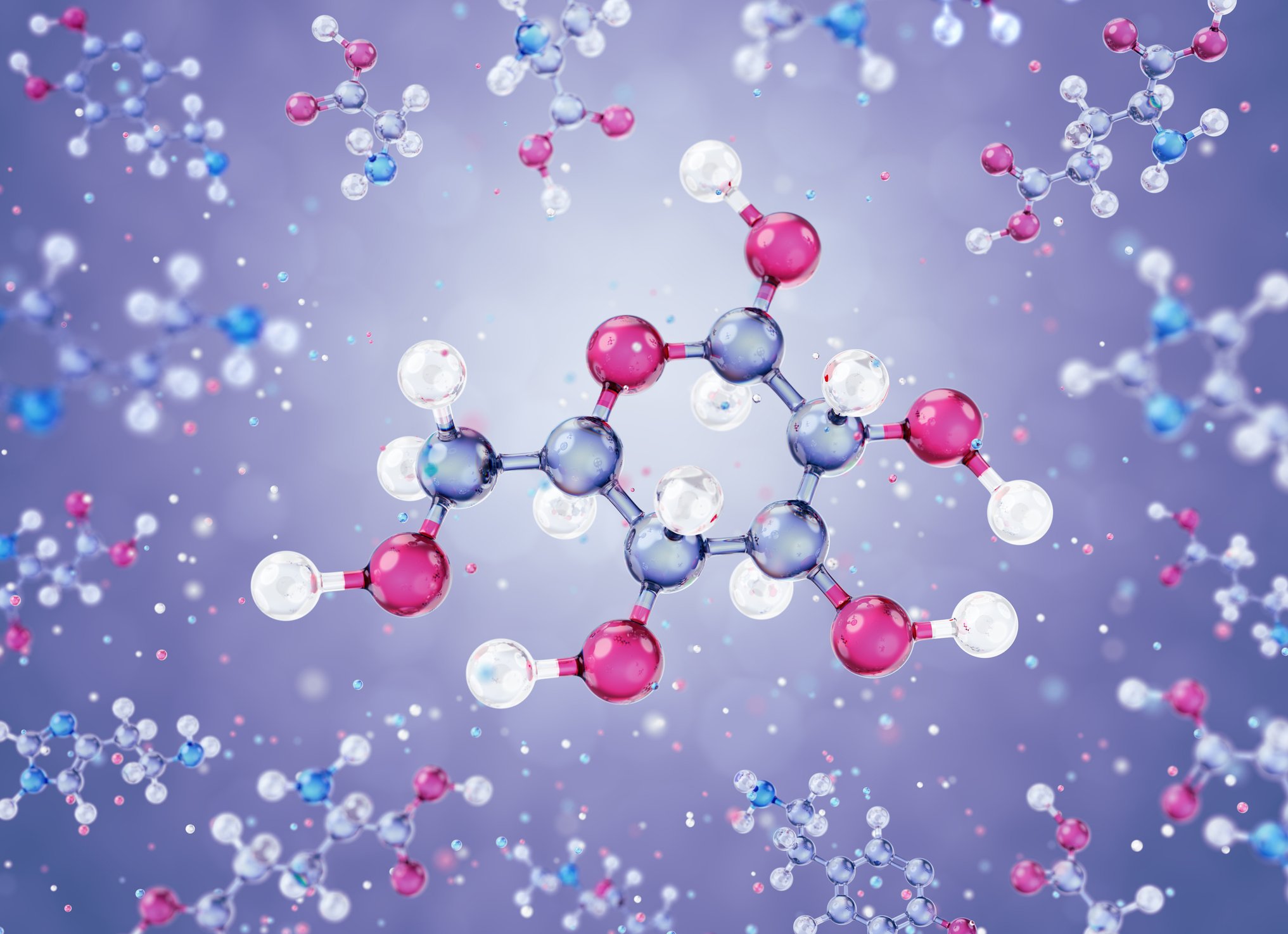Have you ever thought about how our body converts food into energy? That’s what a recent study tried to answer. In a new paper published in the scientific journal Science Advances, a team of scientists explains how our cells work together with atoms and molecules. It creates and distributes the energy necessary to keep the human body moving.
The fact is that these features of metabolism can be observed in different animal species. To discover more about the process, the researchers analyzed the carbon atoms in amino acids so they could understand them in more detail. It explains how the energy absorbed by food turns into a kind of ‘fuel’ for living things.
In a post on The Conversation website, the paper’s authors, James Carter, Brian Fry and Kaitlyn O’mara from Griffith University in Australia, explain that they have developed a new technique to better understand chemical processes in the human body and other bodies. animals. The method consists of analyzing isotopes within amino acids to visualize all the details of metabolic processes.
“We investigated how this fundamental biochemistry supports global metabolism using a high-resolution carbon isotope approach called location-specific isotope analysis. High-resolution isotomy measurements identify fingerprints of metabolism and metabolic strategies across the eukaryotic animal kingdom, including humans, ungulates, whales, humans in the nearshore marine food chain.” The study provided results for a variety of fish and invertebrates.
Metabolism and the human body
Normally scientists can analyze an average number of isotopes, but The technique allowed the researchers to measure each isotope in 20 individual amino acids. Experts suggest that combining the technique with the chromatography process could shed more light on the subject, so they will continue to study the subject further.
Four distinct stages of the metabolic process were found; these: fat development, fat elimination, protein formation and protein degradation. However, different animals have differences in their metabolism; For example, mammals use fat as an energy store and to regulate body temperature, while shrimps ‘cannibalize’ their proteins to create fat and enable reproduction.
“In our latest study, we tested a wider range of animals, including oysters, scallops, shrimp, squid and fish. Isotope patterns in amino acids can be traced back to the biochemistry of mitochondria, tiny energy-providing power plants found in the cells of all animals and plants, and many other organisms.” We discovered that it can be tracked,” the researchers wrote in the release.
Stay informed about scientific discoveries at TecMundo and also get the opportunity to check out 7 tips on how to speed up your metabolism.
Source: Tec Mundo
I’m Blaine Morgan, an experienced journalist and writer with over 8 years of experience in the tech industry. My expertise lies in writing about technology news and trends, covering everything from cutting-edge gadgets to emerging software developments. I’ve written for several leading publications including Gadget Onus where I am an author.













